Miele DA 3490, DA 3480, DA 3460 User Manual
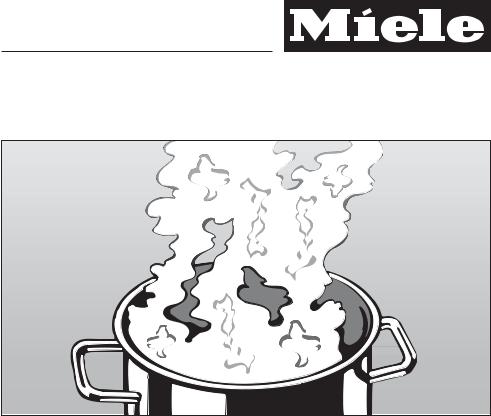
Operating and Installation
Instructions
Ventilation System
DA 3460
DA 3480
DA 3490
To prevent accidents and appliance damage, read these instructions before
en - US, CA
installation or use. |
M.-Nr. 09 190 990 |

Contents
IMPORTANT SAFETY INSTRUCTIONS. . . . . . . . . . . . . . . . . . . . . . . . . . . . . . . . . 3
Functional description . . . . . . . . . . . . . . . . . . . . . . . . . . . . . . . . . . . . . . . . . . . . . 7
Guide to the Ventilation System . . . . . . . . . . . . . . . . . . . . . . . . . . . . . . . . . . . . . . 8
Operation . . . . . . . . . . . . . . . . . . . . . . . . . . . . . . . . . . . . . . . . . . . . . . . . . . . . . . . 10
Cleaning and care . . . . . . . . . . . . . . . . . . . . . . . . . . . . . . . . . . . . . . . . . . . . . . . . 12
Grease filter . . . . . . . . . . . . . . . . . . . . . . . . . . . . . . . . . . . . . . . . . . . . . . . . . . . . . . 13 Inserting / replacing the active charcoal filters . . . . . . . . . . . . . . . . . . . . . . . . . . . 14 Changing the light bulbs . . . . . . . . . . . . . . . . . . . . . . . . . . . . . . . . . . . . . . . . . . . . 15
After Sales Service . . . . . . . . . . . . . . . . . . . . . . . . . . . . . . . . . . . . . . . . . . . . . . . 16
Installation instructions . . . . . . . . . . . . . . . . . . . . . . . . . . . . . . . . . . . . . . . . . . . 17
Caring for the environment . . . . . . . . . . . . . . . . . . . . . . . . . . . . . . . . . . . . . . . . . 19
Appliance dimensions. . . . . . . . . . . . . . . . . . . . . . . . . . . . . . . . . . . . . . . . . . . . . 20
Distance between cooktop and hood (S) . . . . . . . . . . . . . . . . . . . . . . . . . . . . . . . 23
Installation . . . . . . . . . . . . . . . . . . . . . . . . . . . . . . . . . . . . . . . . . . . . . . . . . . . . . . 24
Installation accessories . . . . . . . . . . . . . . . . . . . . . . . . . . . . . . . . . . . . . . . . . . . . . 24 1. Installing the space bar . . . . . . . . . . . . . . . . . . . . . . . . . . . . . . . . . . . . . . . . . . . 27 2. Runners . . . . . . . . . . . . . . . . . . . . . . . . . . . . . . . . . . . . . . . . . . . . . . . . . . . . . . . 28 3. Installing the hood in the cabinet. . . . . . . . . . . . . . . . . . . . . . . . . . . . . . . . . . . . 28 4. Secure the appliance. . . . . . . . . . . . . . . . . . . . . . . . . . . . . . . . . . . . . . . . . . . . . 30 5. Install the front panel if necessary . . . . . . . . . . . . . . . . . . . . . . . . . . . . . . . . . . . 31 6. Install the grease filter . . . . . . . . . . . . . . . . . . . . . . . . . . . . . . . . . . . . . . . . . . . . 32 7. Venting. . . . . . . . . . . . . . . . . . . . . . . . . . . . . . . . . . . . . . . . . . . . . . . . . . . . . . . . 33 8. Electrical connection . . . . . . . . . . . . . . . . . . . . . . . . . . . . . . . . . . . . . . . . . . . . . 33
Air extraction . . . . . . . . . . . . . . . . . . . . . . . . . . . . . . . . . . . . . . . . . . . . . . . . . . . . 34
Condensate trap . . . . . . . . . . . . . . . . . . . . . . . . . . . . . . . . . . . . . . . . . . . . . . . . . . 35
Electrical connection. . . . . . . . . . . . . . . . . . . . . . . . . . . . . . . . . . . . . . . . . . . . . . 36
Technical Data . . . . . . . . . . . . . . . . . . . . . . . . . . . . . . . . . . . . . . . . . . . . . . . . . . . 37
2
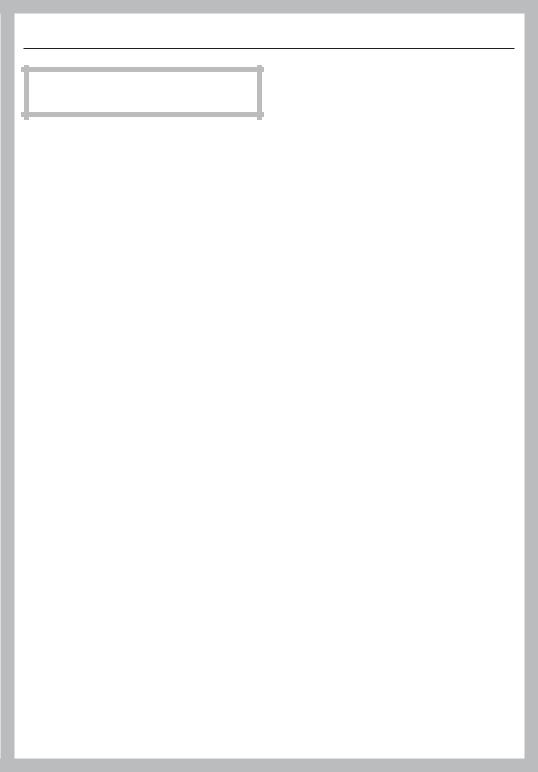
IMPORTANT SAFETY INSTRUCTIONS
READ AND SAVE THESE
INSTRUCTIONS
Keep these instructions in a safe place and pass them on to any future user.
Read these instructions carefully before installing or using the Ventilation System.
This appliance is intended for residential use only. Use the appliance only for its intended purpose.
This appliance complies with current safety requirements. Improper use of the appliance can lead to personal injury and material damage.
CAUTION
For General Ventilating Use
Only. Do Not Use To Exhaust
Hazardous Or Explosive
Materials And Vapors.
This appliance is designed to vent cooking smoke and odors only.
This appliance is suitable for installation above gas or electric cooking surfaces.
This appliance is not intended for outdoor use.
This appliance must not be used in a non-stationary location (e.g. on a ship).
WARNING
TO REDUCE THE RISK OF FIRE, ELECTRIC SHOCK, OR INJURY TO PERSONS, OBSERVE THE FOLLOWING:
a) Use this appliance only in the manner intended by the manufacturer. If you have questions, contact Miele.
b) Before servicing or cleaning the appliance, switch power off at the service panel and lock the service disconnecting means to prevent power from being switched on accidentally. If the service disconnecting means cannot be locked, securely fasten a prominent warning device, such as a tag, to the service panel.
c) Be certain your appliance is properly installed and grounded by a qualified technician.
To guarantee the electrical safety of this appliance, continuity must exist between the appliance and an effective grounding system. It is imperative that this basic safety requirement be met. If there is any doubt, have the electrical system of the house checked by a qualified electrician.
3
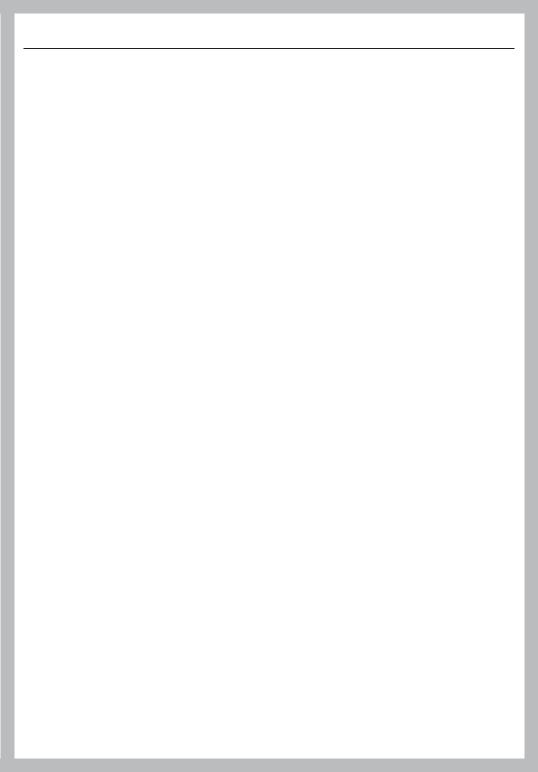
IMPORTANT SAFETY INSTRUCTIONS
d) Before connecting the appliance to the power supply make sure that the voltage and frequency listed on the data plate correspond with the household electrical supply.
This data must correspond to prevent appliance damage. If in doubt consult a qualified electrician.
e) Installation work and repairs should only be performed by a qualified technician in accordance with all applicable codes and standards. Repairs and other work by unqualified persons could be dangerous.
f) Only open the housing as described in the enclosed "Installation diagram" and in the "Cleaning and care" section of this manual. Under no circumstances should any other parts of the housing be opened. Tampering with electrical connections or components and mechanical parts is highly dangerous to the user and can cause operation faults.
g) Before discarding an old appliance, disconnect it from the power supply and remove the power cord to prevent hazards.
Use
WARNING
TO REDUCE THE RISK OF A COOKTOP GREASE FIRE:
a) Never leave surface units unattended at high settings. Boilovers cause smoking and greasy spillovers may ignite. Heat oils slowly on low or medium settings.
b) Always turn the hood on when cooking at a high heat.
c) Clean the ventilation hood frequently. Grease should not be allowed to accumulate on the fan or filter.
d) Use the proper pan size. Always use cookware appropriate for the size of the cooking area.
e) Do not flambé or grill with an open flame beneath the hood. Flames could be drawn up into the hood by the suction and the grease filters may catch fire.
4
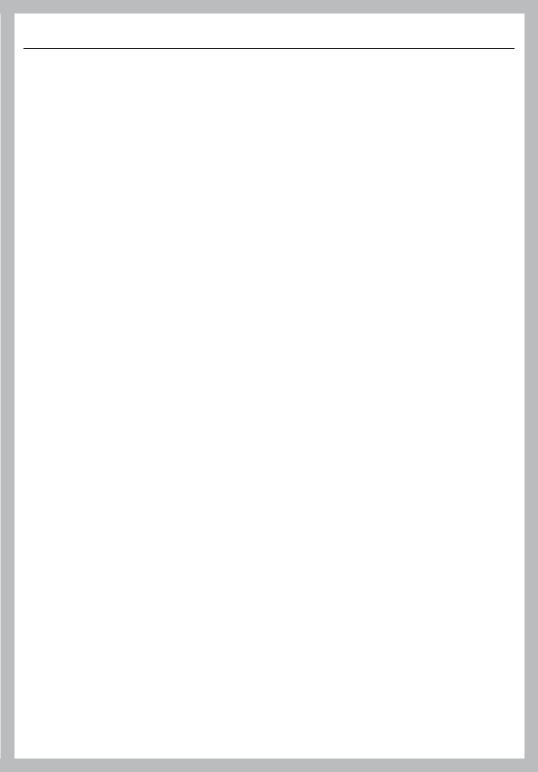
IMPORTANT SAFETY INSTRUCTIONS
WARNING
TO REDUCE THE RISK OF INJURY TO PERSONS IN THE EVENT OF A COOKTOP GREASE FIRE, OBSERVE THE FOLLOWING*:
a) SMOTHER FLAMES with a close fitting lid, cookie sheet, or metal tray then turn off the burner.
BE CAREFUL TO PREVENT BURNS. If the flames do not go out immediately,
EVACUATE AND CALL THE FIRE DEPARTMENT.
b) NEVER PICK UP A FLAMING PAN - You may be burned.
c) DO NOT USE WATER, including wet dishcloths or towels - a violent steam explosion will result.
d) Use a fire extinguisher ONLY if:
1)You have a class ABC extinguisher, and you know how to operate it.
2)The fire is small and contained in the area where it started.
3)The fire department is being called.
4)You can fight the fire with your back to an exit.
*Based on "Kitchen Firesafety Tips" published by NAFTA
Do not allow children to play with or operate the appliance or its controls. Supervise its use by the elderly or infirm.
Always turn on the hood when using the cooktop to prevent damage from condensation.
Never operate gas burners without cookware. Turn the burner off when not in use. Adjust the burner so that the flames do not extend beneath the cookware. Do not overheat the cookware, e.g. when using a wok. The hood can be damaged due to excessive heat from the burners and the cookware.
Do not use the hood without the grease filters in place.
Do not use a steam cleaner to clean the hood. Steam could penetrate electrical components and cause a short circuit.
5
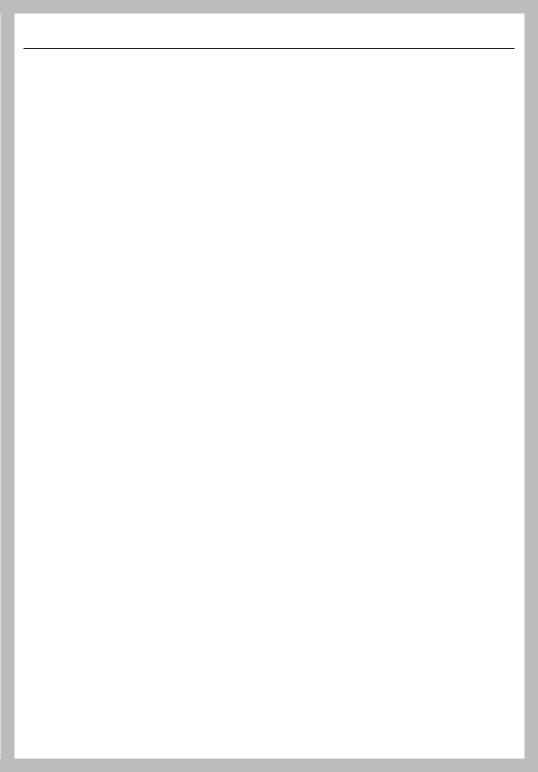
IMPORTANT SAFETY INSTRUCTIONS
Installation
WARNING
TO REDUCE THE RISK OF FIRE, ELECTRIC SHOCK, OR INJURY TO PERSONS, OBSERVE THE FOLLOWING:
a) Installation work and electrical wiring must be done by qualified person(s) in accordance with all applicable codes and standards, including fire-rated construction.
b) Sufficient air is needed for combustion and exhausting of gases through the flue (chimney of fuel burning equipment to prevent back drafting. Follow the heating equipment manufacturer’s guideline and safety standards such as those published by the National Fire Protection Association (NFPA) and the American Society for Heating, Refrigeration and Air Conditioning Engineers (ASHRAE), and the local code authorities.
c) When cutting or drilling into the wall or ceiling, do not damage electrical wiring and other hidden utilities.
d) Ducted hoods must always be vented to the outdoors.
e) Do not use this hood with any solid-state speed control device.
f) Do not use an extension cord to connect the appliance to electricity. Extension cords do not guarantee the required safety of the appliance, (e.g. danger of overheating).
g) Do not install this hood over cooktops that burn solid fuel.
h) Provided a larger distance is not given by the manufacturer of the cooktop, follow the minimum safety distances between a cooktop and the bottom of the hood given in the "Appliance dimensions" section of this manual.
If local building codes require a greater safety distance, follow their requirement.
If there is more than one appliance beneath the hood and they have different minimum safety distances always select the greater distance.
i) Never connect an exhaust hood to an active chimney, dryer vent, vent flue, or room ventilating ductwork.
j) Seek professional advice before connecting an exhaust hood vent to an existing, inactive chimney or vent flue.
k) Any fittings, sealant, or materials used to install the ductwork must be made of approved non-flammable materials.
WARNING
TO REDUCE THE RISK OF FIRE USE ONLY METAL DUCTWORK.
6
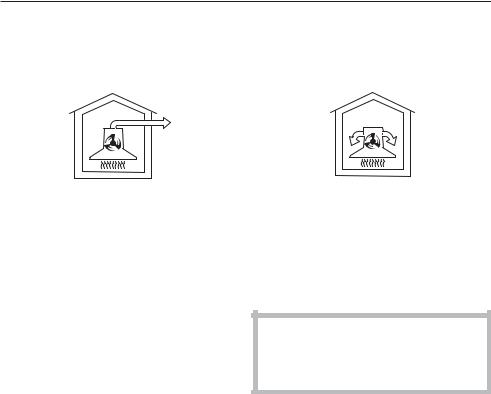
Functional description
The ventilation hood offers two modes of operation:
Air extraction
The air is drawn in and cleaned by the grease filters and directed outside.
The hood comes equipped with a non-return flap. The flap automatically closes when the hood is turned off so that no exchange of outside air and room air can occur. When the hood is turned on, the air pressure of the exhaust fan automatically opens the flap blowing the inside air and cooking odors outside.
Recirculation mode
Air is drawn through the grease filters and an active charcoal filter. The filtered air is then recirculated back into the kitchen.
The recirculation mode requires an install kit and charcoal filter which are optional accessories.
Before using the hood in recirculation mode, ensure that the active charcoal filter is in place, see "Cleaning and care".
7
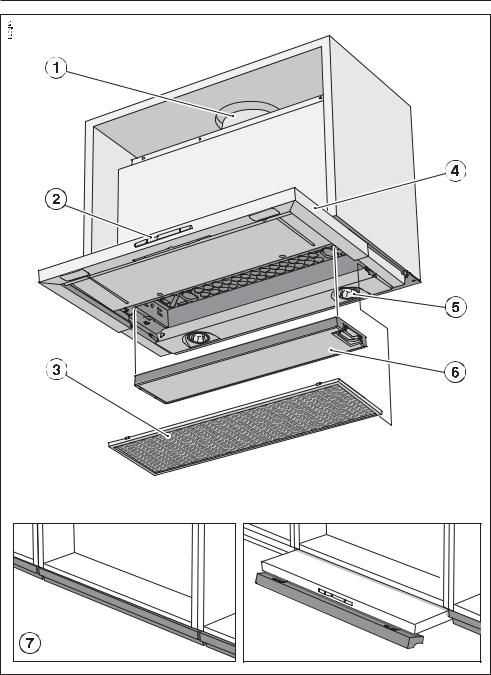
Guide to the Ventilation System
8 |

Guide to the Ventilation System
Vent connection |
On/Off button |
Control panel |
Power level buttons |
Grease filter |
Four fan speed selection |
|
|
Expandable fume deflector |
Light button |
Overhead cooktop light |
|
Active charcoal filter |
|
Optional accessory for recirculation |
|
mode |
|
Facia Panel |
|
Accepts a custom front panel with the |
|
DML 400 kit, optional accessory |
|
9

Operation
The ventilation system is operated by pulling out and pushing in the expandable fume deflector.
To turn the fan on
Pull the fume deflector out.
The fan turns on to Level 2 .
The symbol and the 2 of the power level indicator light up.
Selecting the power level
Press the "–" symbol to select a lower power level or the "+" symbol for a higher power level.
Depending on the amount of cooking odors, levels 1 to 3 are usually sufficient for normal cooking.
Intensive setting
For short periods of cooking food with intensive vapors and a strong aroma, e.g. when searing meat, you may wish to select the Intensive Setting IS.
Pull the fume deflector all the way out to achieve optimum extraction and to prevent unnecessary noise levels.
To turn the fan off
Push the fume deflector back in. The next time the fume deflector is pulled out, the ventilation system will operate at power level 2 again.
or
Press the On/Off button for the fan.
All the indicator lights go out.
To turn the lighting on
Pull the fume deflector out,
or
Press the button for the overhead lighting.
When the lighting is turned on, the indicator light of the button lights up.
To turn the lighting off
Push the fume deflector back in,
or
Press the button for the overhead lighting.
The indicator light goes out.
10

Operation
Automatically switching back the intensive power level
The intensive level can be programmed to automatically switch back to level 3 after 10 minutes.
To set this option, the fan and the overhead lighting must be turned off and the fume deflector pushed in.
Press and hold the "–" and "+" buttons for approx. 10 seconds until power level indicator 1 lights up.
Then press the following buttons one after another :
–overhead lighting ,
–the "–" button, and
–overhead lighting again,
If the indicators 1 and IS flash, the automatic switch back is not activated.
To activate the automatic switch back, press the "+" button.
The power level indicators 1 and IS light continuously.
To deactivate, press the "–" button.
Press the On/Off button to confirm.
If the procedure is not stored within 4 minutes, the hood will automatically default to the "old" data.
Automatic Safety Shut-Off
If the ventilation system is left on, the fan will turn automatically off 10 hours after the last button was activated. The lighting however will remain on.
Press the On/Off button to turn the fan back on again.
11
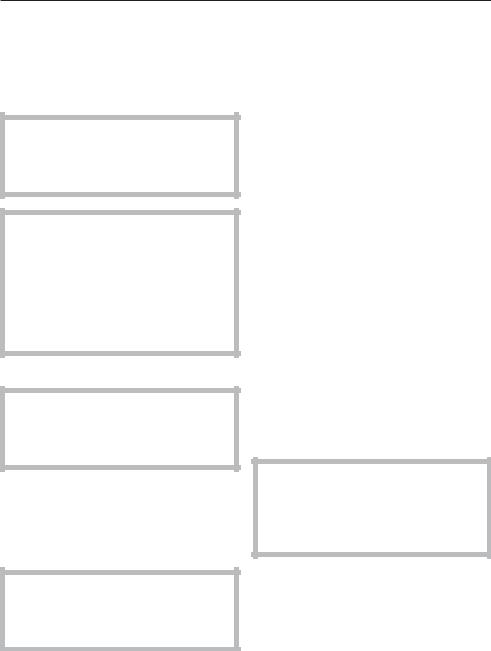
Cleaning and care
WARNING
TO REDUCE THE RISK OF FIRE, ELECTRIC SHOCK, OR INJURY TO PERSONS, OBSERVE THE FOLLOWING:
Before cleaning or servicing the hood, disconnect it from the power supply, see "Important Safety Instructions".
The halogen bulbs are very hot when in use. They stay hot for some time after turned off. Use caution, danger of burns.
Wet cleaning the hot bulbs will cause damage.
Wait a few minutes after turning them off before cleaning.
Cleaning the casing
Never use abrasive cleaners, scouring pads, steel wool or caustic (oven) cleaners on the hood. They will damage the surface.
All external surfaces and controls can be cleaned with a mild solution of warm water and liquid dish soap applied with a soft sponge.
Wipe dry using a soft cloth.
Do not use too much water when cleaning the controls. Water could penetrate the electronics and cause damage.
Avoid:
–cleaning agents containing soda, acids or chlorides,
–abrasive cleaning agents
e.g. powder or cream cleansers,
–abrasive sponges, e.g. pot scourers or sponges which have been previously used with abrasive cleaning agents.
These will damage the surface.
The following instructions for cleaning "Stainless steel" surfaces and "Stainless steel colored controls" should be followed in addition to the general "Cleaning the casing" instructions.
Stainless steel surfaces
Stainless steel surfaces can be cleaned using a non-abrasive stainless steel cleaner.
To help prevent resoiling, a conditioner for stainless steel can be applied.
Stainless steel colored controls
These controls may become discolored or damaged if not cleaned regularly.
Do not use a stainless steel cleaner on these controls.
12
